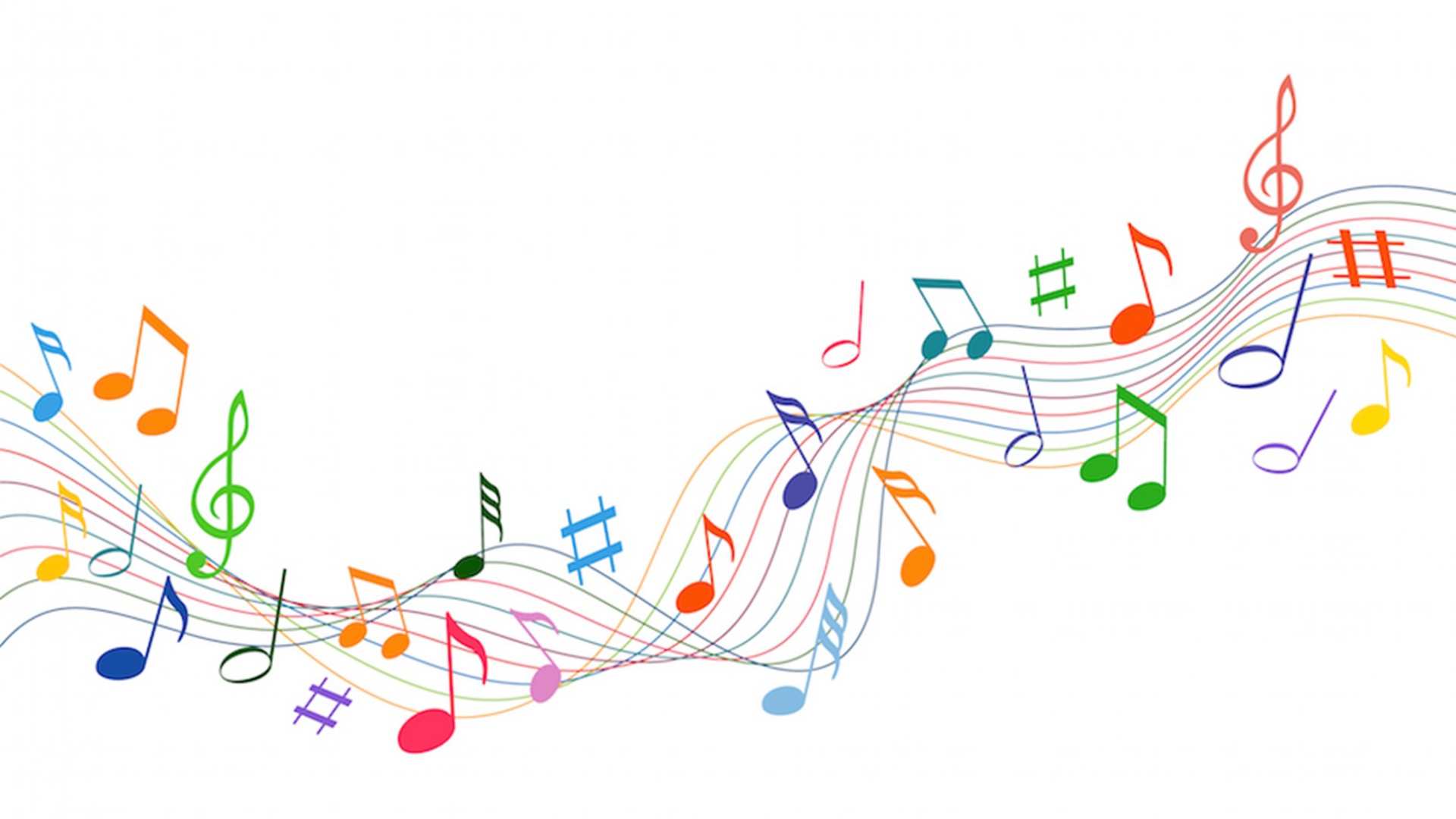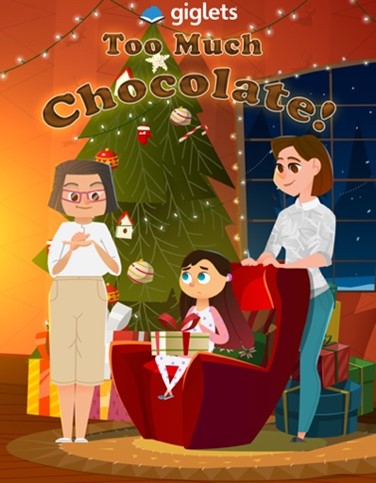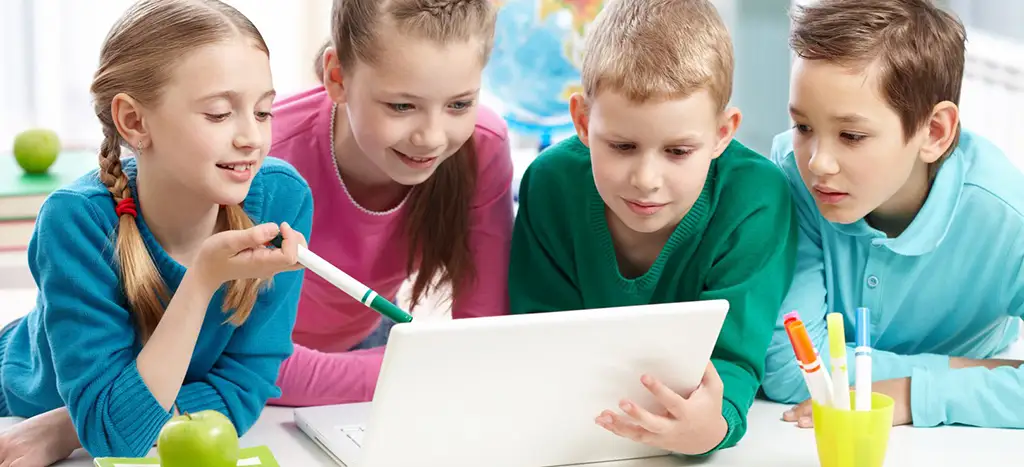
Embracing the Power of Music in Literacy
November 26, 2021 | 4years | Giglets News
When we talk to each other about music, we ask, ‘What kind of music do you like?’ rather than ‘Do you like music?’ We take it for granted that appreciation of music is universal.
Music is hugely powerful and can shake a whole spectrum of emotions from us. It can evoke emotions and associations whether we like it or not. Hearing a jingle from an advert, the song chosen for the first dance on a wedding day or a few notes from a film soundtrack can change our thoughts and mood in a moment. Music can remind you so suddenly of a person, place or event that wasn’t on your radar only a few seconds before.
Research suggests music can help us deal with pain or stress and even provide pain and stress relief. You don’t need to look far to find people who find exercising, cleaning or working easier and more enjoyable with some music playing in the background!
Music also transcends language, or as some would say, it is a language of its very own.
So, is it any wonder that we want to use these properties to our advantage within the classroom?
Most Giglets texts include music to listen to before, during or after reading. The music is chosen to match the book’s characters, theme, setting and overall emotion. The theme music doesn’t contain any words, making it accessible to all pupils in the classroom, no matter their language level. This theme music is an incredibly dynamic resource to use with your pupils.
Engagement
Music can help you engage and include every child in your classroom. You could spend a whole lesson or several lessons listening to, discussing and exploring a piece of theme music; it has the power to draw in and hook your learners. Using theme music creates mystery and intrigue. Even if your pupils aren’t asking questions, hypothesising or predicting out loud, they will be thinking those thoughts if they are listening.
Using Theme Music to Develop Reading Skills
Theme music can engage your pupils in their reading or writing tasks. There are also many ways to use theme music to develop and enhance other vital reading and comprehension skills.
Let’s take the Giglets text, ‘Too Much Chocolate’, for example.

In this story, Ali has a Christmas she won’t forget ... one with much more chocolate than she had bargained for! However, in the end, Ali finds that there is one chocolate she does like: a chocolate Labrador puppy. It may not be initially apparent to your pupils that Ali is deaf through the subtle illustrations of her hearing aid and minor differences in the language, such as ‘signed’ instead of ‘said’.
A piece of music has been chosen especially to match this text. The high xylophone notes may make you think of snowflakes falling, and the long strings notes and slow pace might evoke feelings of wonder and amazement. Generally, there is quite a feeling of Christmas throughout the music. There is a slight change to a minor key in the middle, reflecting the main character’s puzzlement during the text. Why is everyone giving Ali chocolate for Christmas when she does not like it?
There are many literacy (and other curricular) lessons that could be built around this text just using the theme music.
Summarised in the table below are just a few ideas that you might use in a classroom setting:
| Target Reading Skill | Question or Activity Based on the Theme Music |
| Visualisation | Design the front cover of this text. |
| Making connections | Does this theme music remind you of any other books you have read or films that you have seen? |
| Predicting | Write five options for the title of this text. Place them in order of most to least likely. |
| Asking Questions | What questions do you have about this book? You might like to use the Giglets Question Creation Chart from the resources section to support and scaffold question creation. |
| Inference | What information about the text can we gather from the piece of music played? What do we know to be true, false and unknown? |
| Evaluation | After reading, do you think the theme music chosen matches the text well? Why or why not? |
Many of these questions can be picked up and applied to other texts, using the theme music as a stimulus.
Using Theme Music Across the Curriculum
Just as literacy unlocks the broader curriculum, other curricular areas can be developed using theme music as a stimulus. We can use music in a health and wellbeing context to open discussions around and build emotional literacy. Asking your pupils about how a piece of music makes them feel will help them identify feelings and build empathy.
We can use theme music to highlight elements of music like rhythm, timbre, dynamics, articulation, texture and tonality. An introduction to these concepts might discuss the instruments used and how a piece of music is played.
As teachers, we can also take a moment in literacy lessons to explore dance using theme music. Pupils can dance to a piece of music, exploring dance sequences and thinking about expressing emotions through dance.
Theme Music in Your School
Theme music is a fantastically engaging and dynamic tool that is easy to use in the classroom to develop essential reading strategies and motivate learners to read. Would you like to give it a go? Get in touch with us now to try Giglets for free! Just email info@giglets.com or sign up for one of our free trial webinars.
